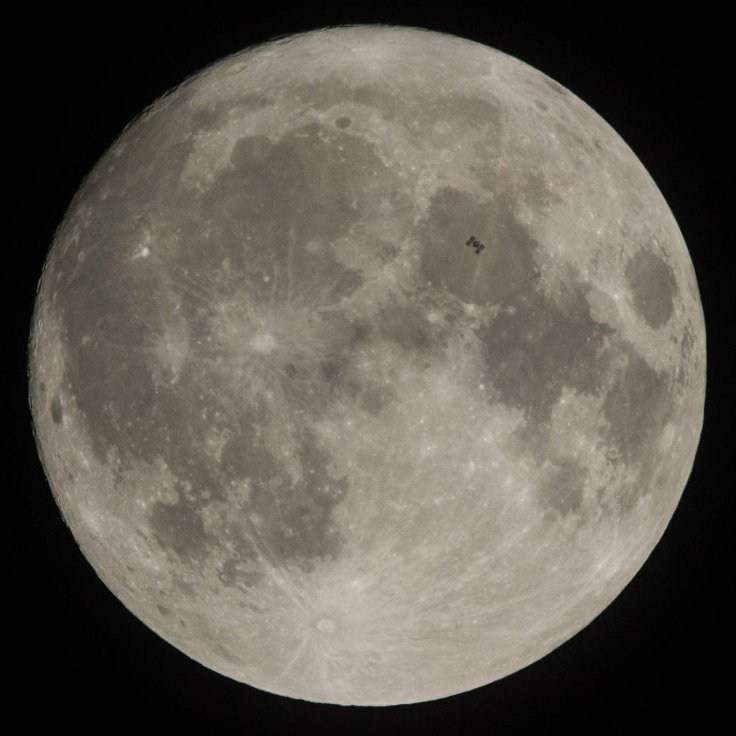
The moon, Earth's only permanent natural satellite, may seem mundane but has a huge influence on our planet and human culture. There have been a number of studies about the moon and its lunar impact, age, composition, etc. over the years. For decades, scientists believed that the moon was formed around 4.35 billion years ago after a Mars-sized object collided with early Earth.
However, a latest study, published in the journal Nature, claims that the moon may be over 100 million years older than previously estimated. According to an international team of researchers from the University of California, Santa Cruz, the Max Planck Institute for Solar System Research (MPS), and the Collège de France, the moon was formed between 4.43 and 4.51 billion years ago. However, its crust appears to be around 80 to 160 million years younger.
Magma Ocean Covered the Entire Moon
According to the researchers' calculations, the crust of the moon was mostly melted yet again after its formation. However, they added that only a few zircons were able to withstand the extreme conditions unchanged. Francis Nimmo from the University of California, Santa Cruz, the first author of the new study, explained, "We are particularly interested in the phase when the distance between the Earth and the moon was about one third of today's distance."
As the researchers' calculations show, the heat flow from the interior of the moon was enough to melt and churn through the entire mantle. Though during this time, at no time, a magma ocean had covered the entire moon, over the course of several million years the heat from the interior gradually reached every part of the surface, liquifying most of the crustal rock—possibly even several times. In some places the hot lava penetrated to the surface; in others magma was injected beneath the surface, heating the rocks around it.
The study reveals that this volcanic history is the most helpful for determining the age of the crustal rock. Since their formation, the lunar rocks contain radioactive isotopes. For the untrained, isotopes are variations of certain atoms that differ only in the number of neutrons in the atomic nucleus.
Moon's Geological Clock
As the researchers are aware of the decay times of these isotopes, it is possible for them to deduce the age of the rock from their current concentration. The study explained that the decisive factor was that as long as the rock is hot, it can exchange isotopes with its surroundings. On the contrary, when it cools, it locks in its composition. The trapped radioactive isotopes begin to decay and thus the geological clock starts ticking.
Thorsten Kleine, Director at the MPS and co-author of the study, said, "The strong volcanism likely reset the moon's geological clock," adding, "Lunar rock samples therefore don't reveal their original age, but only when they were last strongly heated."
The researchers showed that only a few heat-resistant zircons provide evidence of the more distant past. In some places where the lava did not reach the surface, the zircon grains remained cool so that their internal clock was not affected.
Violent Volcanism Shaped the Lunar Crust
"The lunar rock samples tell us the moon's entire, turbulent history. They tell us about its formation and its later violent volcanism. Until now, we just didn't read these clues correctly," says Kleine. According to the researcher's results, the moon itself is between 4.43 and 4.51 billion years old, but the violent volcanism shaped the lunar crust around 4.35 billion years ago.
Not only the moon's age, but the latest findings may also resolve several other contradictions that had previously baffled scientists. For example, the comparatively few craters on the moon argued against its old age. In such a long time, our cosmic neighbor should have witnessed more impacts. Volcanism now offers an explanation. "Lava from the moon's interior could have filled the early impact basins and thus made them unrecognizable," says co-author Alessandro Morbidelli from the Collège de France.
The composition of the lunar mantle posed another puzzle for researchers. This is the layer of rock that lies directly beneath the moon's crust. Its list of ingredients differs from that of the Earth in key respects. However, if the moon's interior was molten a second time around, some substances could have escaped from the mantle into the iron core below.
"The new results mean that all the pieces of the puzzle that previously didn't fit together now form a coherent overall picture of the moon's formation," says Kleine.









